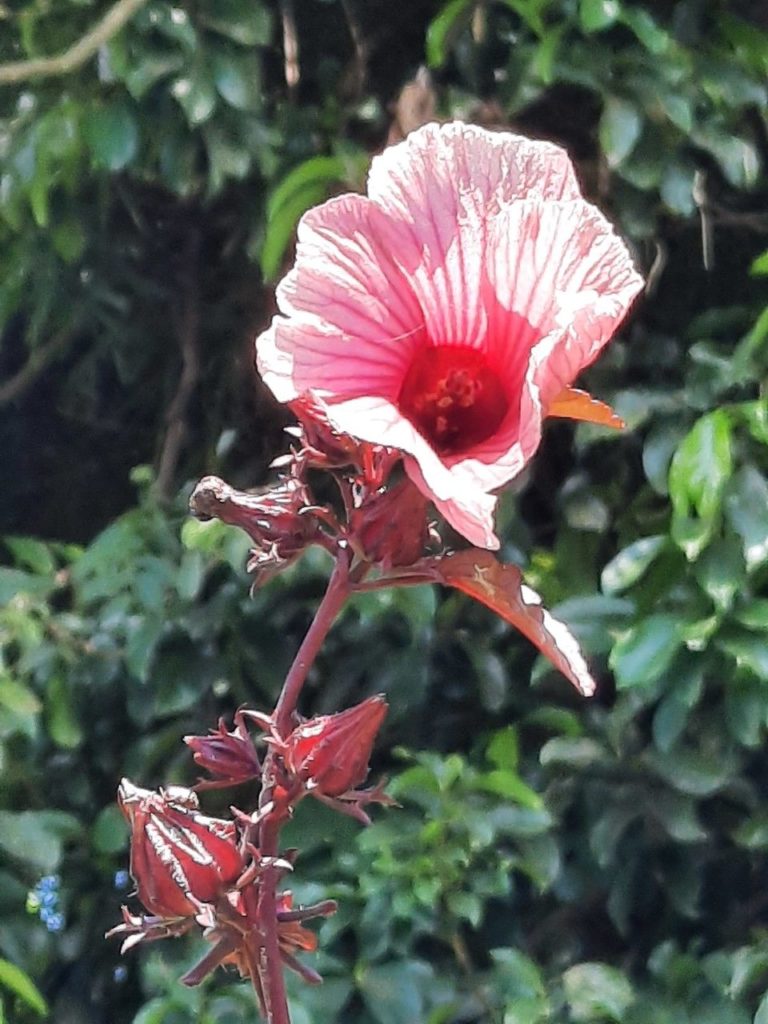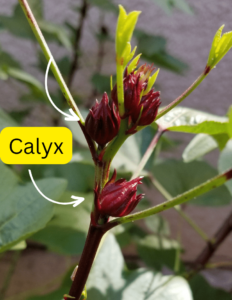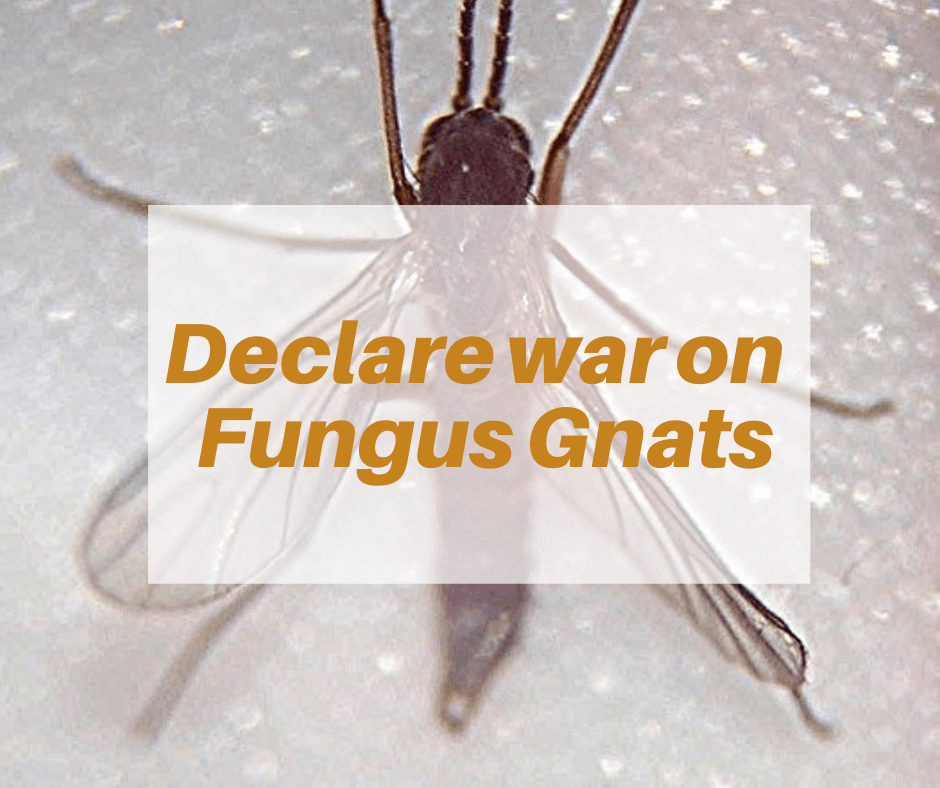This post may contain affiliate links. As an Amazon Associate we earn from qualifying purchases.
Grow a tea garden if you enjoy fresh, homemade herbal tea!
Long before “Downton Abbey” came along, I got hooked on British TV and movies. It didn’t take long before I got my daughter hooked and now, every birthday, hers or mine, we celebrate with an English tea party.
She’s gotten pretty good at the clotted cream and makes a mean, truly British scone. I am always on tea duty and the old standbys (Earl Grey, etc.) are my favorites.
I also love herb teas and I know I’m not alone. It just doesn’t get any better than freshly picked herbs, brewed to perfection.
If you love herbal tea, have you considered growing a tea garden? Indoors or outdoors, the plants you’ll need are easy growers and the payoff is an amazingly fragrant, delicious pot of tea.
Grow peppermint in your tea garden
If you’re a beginning gardener, mint is a plant that will boost your confidence. So easy to grow that when grown in the landscape it may become invasive. Peppermint plant leaves (Mentha piperita) make an amazing mint tea.
Ensure that the mint you’re growing is truly peppermint by growing it from starter plants. This is because “mints readily hybridize between different plants,” according to Kristie Buckland and Dan Drost with Utah State University Cooperative Extension, so “plants grown from seed often fail to be true to type.”
Ask a friend for cuttings. You can also purchase a live plant online, here, at Amazon.com. That particular plant is peppermint, but they also sell:
The most important thing to know when growing mint is that it thrives in moist soil, there’s a fine balance between moist and excessively moist. Too much water at the roots and the plant may succumb to root rot.
Peppermint loves morning sun and afternoon shade and growing in a slightly acidic soil. Give the outdoor-grown peppermint a 2- to 3-inch layer of compost, mixed about 6 inches deep, in the planting bed before planting.
Growing seed? Be aware that the seed may not grow true to the plant you hope to get. Plant them ¼-inch deep. When transplanting, place the roots just beneath the soil’s surface.
Depending on temperatures (both indoors and out) and soil type, you may need to provide an inch or two of water per week to your mint plants. Keep an eye on the soil’s moisture content. When the surface is dry, water the plant.
Fertilize the peppermint plant in early spring with a 3-1-2 ratio fertilizer.
Harvest the leaves throughout the season, snipping them as you need them for tea. We give recommendations for using peppermint leaves for tea at the end of this post.
Mmm – Lavender tea!
Lavender, on its own, makes a splendid tea, but combine with some chamomile petals and you’ll be in tea heaven! (Learn how to grow Chamomile in the next section).
English lavender (Lavandula angustifolia) is our favorite for tea but you can take it to the next level by choosing the cultivar ‘Hidcote’ or ‘Munstead,’ according to Cassie Liversidge, author of “Homegrown Tea: An Illustrated Guide to Planting, Harvesting, and Blending Teas and Tisanes.”
Related to mint, lavender is also better grown from starter plants than from seed in your tea garden. When grown indoors, the perfect spot will be one that receives lots of sun and the best soil will be light and airy to avoid root rot.
How often to water depends on where lavender is planted, how much sun it gets and, naturally, how often the soil dries out. Your best bet is to water once or twice a week until established and then back off to once every two weeks after that.
Of course, if the weather is hot and/or windy, the soil will dry out quicker. Indoors you won’t have that problem, so water when a finger stuck into the soil comes out dry.
Unlike peppermint, lavender needs drier soil. Consider adding some chunky stuff to it, such as perlite or grit.
Lavender flowers can be used as soon as they bloom or you can dry them. If you’ll be drying them, cut the stems (down to the base) when the flowers are still buds and hang them to dry in a dark area that remains cool. If the area isn’t ventilated, consider using a fan to avoid mold.
Gettin’ sleepy with chamomile tea
Commercially-offered chamomile tea is typically marketed as a sleep aid, although there is no research that proves its effectiveness.
Maybe I’m just easily swayed, because I swear it helps me to fall asleep on nights when my mind is racing.
Although chamomile tea can be grown in your tea garden from the English plant, Chamaemelum nobile, we like German chamomile (Matricaria recutita) for tea. It’s an annual plant, hardy to USDA Zones 2 through 8. Buy it online at Botanical Interests.
Grow your chamomile plant in fall sun in your tea garden, although it will tolerate some light shade. Plant in a light soil that will drain quickly and avoid the urge to overwater.
This is an outdoor plant, with daisy-like flowers that grow on plants 12 inches to 24 inches in height and 12 inches wide.
Chamomile tea is made from the dried flowers (the entire flower, but not leaves or stems). Pull the flowers from the stem as soon as they bloom and dry them. When dry, store them in an air-tight container.
Use the entire flower head in a tea infuser or teabag.
TIP: Try a concoction of chamomile and lemon verbena – it’s amazing.
Grow lemon verbena in your tea garden for a zingier tea
Two types of plants are typically grown for lemon tea: Lemon balm and lemon verbena. The former doesn’t dry well so the latter, the verbena, is our choice. The bonus is that it has a stronger lemon taste than the balm.
Grow lemon verbena (Aloysia citrodora or Aloysia citrodora) indoors in a pot with drainage holes and a well-draining planting mix.
Never add pebbles, gravel or anything else to the bottom of a pot. Contrary to what the amateur gardening sites proclaim, these materials actually impede, not promote, drainage.
Place the pot in a sunny spot, either indoors or out. Ensure the spot you choose is sheltered from strong winds so the foliage doesn’t take a beating.
Don’t give in to the urge to hover over your lemon verbena plant. Water only when the top two inches of the soil are dry.
Growing outdoors? Space lemon verbena plants a minimum of 12 inches apart in well-draining soil.
The beauty of growing lemon verbena for tea is that the plant requires frequent pruning to keep it in shape and to size. So, every time you snip some leafy stems for tea, you’re actually accomplishing two tasks.
TIP: Lemon verbena is also a brilliant addition to your favorite basting sauce when grilling fish.

H0w about some tropical tea? There’s a hibiscus for that!
No, we’re not talking the tropical hibiscus that is so familiar in Hawai’i and other yummy locales. This is a different species: Hibiscus sabdarifa, also known as roselle.
This is the hibiscus that is purportedly good for controlling high blood pressure. Several studies show “… a significant effect of H. sabdariffa in lowering both SBP (systolic blood pressure) and DBP (diastolic blood pressure).
Roselle is often referred to as an herb, but it grows as a small shrub or tree. It bears yellow or pink flowers which are of no use when saving plant parts for tea. It’s the flower’s calyx that you want to save and dry.
Once the flowers fade, wait about 10 days to harvest the calyx from the tree. Pull out the dead flowers and place the calyces in a warm area to dry. Once fully dried, they can be crushed for tea.
If you want to save seeds for the following spring, allow some of the calyces to remain on the tree. Check the seed capsule inside periodically. When it is no longer green and it’s dry, you can remove it from the calyces.
Many first-time growers don’t know that H. sabdariffa is a short-day plant. They wait and wait and wait and then start freaking out because the plant hasn’t bloomed. Once the days get shorter, it will bloom (a process known as photoperiodism), so don’t give up on it!
How to use your herbs for tea
Use either fresh or dried leaves or flowers to make tea. Place them in a tea ball or bag, directly in the cup or in a teapot with a diffuser (see our favorite in the Resources section, below). Pour boiling water over and allow to steep.
The longer the leaves sit in the boiling water, the stronger the flavor, so do an occasional taste test during steeping to learn the amount of time that produces your favorite flavor. Oh, and you’ll need sweetener for the hibiscus tea, unless you’re fond of sour stuff. Once it’s sweetened, it is heavenly!
Resources
Glass Teapot with Removable Infuser
Live Peppermint Plant
Water Soluble Seaweed Fertilizer (16-16-16)










